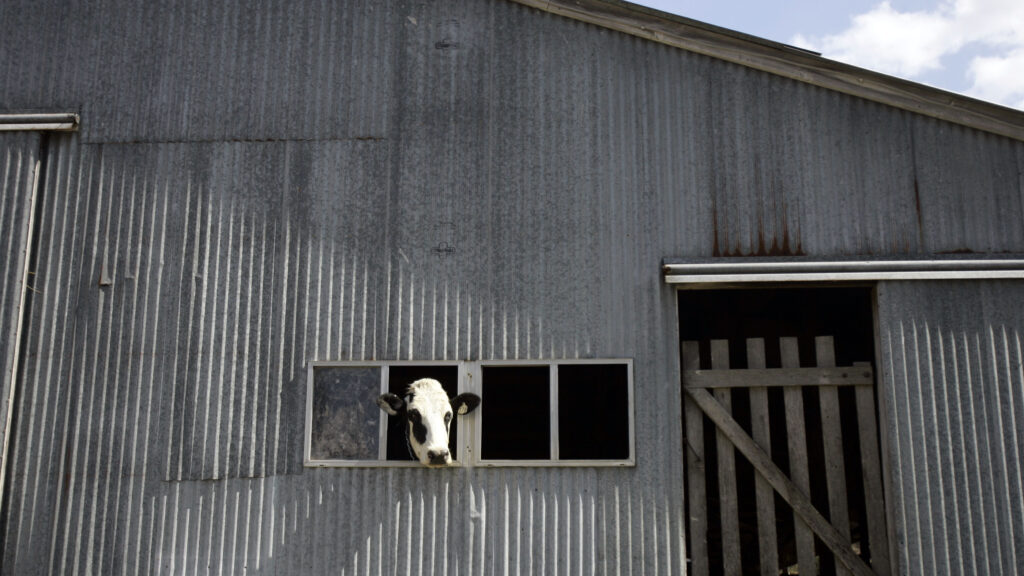A second health care worker who treated a patient hospitalized in Missouri with H5N1 avian influenza experienced mild respiratory symptoms but was not tested for influenza, the Centers for Disease Control and Prevention reported. on friday.
The CDC said Missouri health officials did not know the health care worker had symptoms until the person had recovered, and it was too late to do a diagnostic test.
“CDC is in close contact with the state of Missouri and continues to investigate the positive case of H5N1 virus, including identifying close contacts who have symptoms,” an agency spokesperson told STAT in an email. “The findings do not change CDC’s assessment that the risk to the general public remains low.”
This is the second time a possible case linked to a confirmed case has been discovered after the fact. Last week, it was discovered that a household contact of the confirmed case and a health care worker who cared for the patient while hospitalized were also ill. The first health care worker tested negative for influenza.
In the case of the household contact, the individual developed symptoms on the same day that the infection was confirmed, which largely rules out person-to-person transmission of the virus between the two individuals, but rather suggests that if the second individual was also infected with H5N1, he or she was exposed to the virus at the same time that the infection was confirmed.
It is not yet known how the animal became infected with H5N1. Although the virus has been observed circulating among cattle in several US states, there have been no reports of infection in dairy cows or recent cases of the virus in poultry in Missouri.
The Missouri individual was hospitalized on August 22, but the case was not made public until September 6, after the individual had been released from the hospital and recovered.
STAT attempted to contact the Missouri Department of Health and Senior Services several times over the past week to inquire about the status of the investigation into the incident, and the department responded late Friday when this story was first published.
“The investigation is ongoing and health care workers who may have come into contact with this case have been identified and are being followed up,” Department of Health spokeswoman Lisa Cox said in an email.
The investigation is being conducted by the state of Missouri: the CDC can only send disease investigators if requested by a state, and Missouri has not extended an invitation.
The CDC reported the new health care worker cases in an influenza “spotlight” posted on its website on Friday.
According to the latest update, Missouri has taken blood samples from both confirmed cases and household contacts. These samples will be used for serological testing to look for antibodies that could identify past infection with H5N1 avian influenza. The samples will be sent to the CDC for analysis.
The CDC said it would also ask any newly identified health care workers to submit blood samples for testing. When asked if health care workers had agreed to provide blood samples for antibody testing, Cox said, “We should have more details next week.”
Michael Osterholm, director of the Center for Infectious Disease Research and Policy at the University of Minnesota, said there may be another explanation for the health care worker’s illness: a high number of cases of respiratory illness, including high levels of COVID-19 activity at the time the confirmed case was hospitalized.
“We’ll have to see the results of the serology tests,” Osterholm said.
The news comes as California And seven more The confirmed cases of infected dairy herds bring the number of infected farms in the state to 17 and the cumulative number of infected herds nationwide to 215 across 14 states. Cattle infections were first identified in late March.
It’s hard to gauge how widespread the virus is among dairy farmers because many have resisted testing their cows, seeing no benefit in linking their operations to the outbreak. But some have only recently submitted to testing after a federal program went into effect to collect and store samples from sick cows early in the outbreak and compensate them for lost milk production. At least seven dairy farms have been retroactively confirmed as infected in this way.
There have been 14 confirmed cases so far this year, including four in farmworkers who handle cattle and nine in people who worked in infected poultry culling operations, one in Missouri. Reports of workers who had symptoms but were not tested have led to the belief that the 14 confirmed cases are only a fraction of the total human infections.
The CDC and the Ohio Department of Health are conducting an investigation to clarify this issue. Serological survey The meeting was held to take advantage of the opportunity to bring together veterinarians and other veterinary professionals at the American Association of Bovine Veterinarians’ annual conference in Columbus, Ohio.
Blood samples and questionnaires were collected from about 150 people, including veterinarians who work with cattle, across 45 states in an effort to determine whether there are any undetected cases among them.
This article has been updated with comments from the CDC and the Missouri Department of Health and Senior Services.

